When Sony unveiled its Xperia Mark III lineup back in Spring, the company showcased what looked like an unmistakably familiar face. While the new flagship Xperia 1 III may resemble its predecessor, however, it promises a handful of notable upgrades and additions that stand out from the status quo.
Sony has occupied a relatively tiny corner of the smartphone market in recent years, further tailoring its Xperia smartphones to brand loyalists who value the company’s technical expertise and distinct style of hardware and software above all else.
The Xperia 1 line – now in its third generation – serves as the pinnacle of its smartphone portfolio; each new revision offers a tighter and more refined experience than the last, leaning heavily on the company’s expertise and technologies within other product categories; like its Alpha cameras, Bravia TVs and audio wares.
Design & Build
- Gorilla Glass Victus front
- Frosted Gorilla Glass 6 back
- Dedicated Google Assistant key
- IP65/68 dust/water resistance
If you liked the look of last year’s Xperia 1 II, you’ll be thrilled to discover that the Mk III is cut from very similar cloth; a tall, slender glass sandwich, surrounded by a chamfered colour-matched metal frame.
Design-wise, Sony’s approach of refinement over reinvention takes the form of changes to finish and texture, first and foremost. The glossy back of the 1 II is now rendered in a more sophisticated frosted Gorilla Glass 6, which not only looks better but more readily repels smudges and fingerprints, compared to last year’s phone.
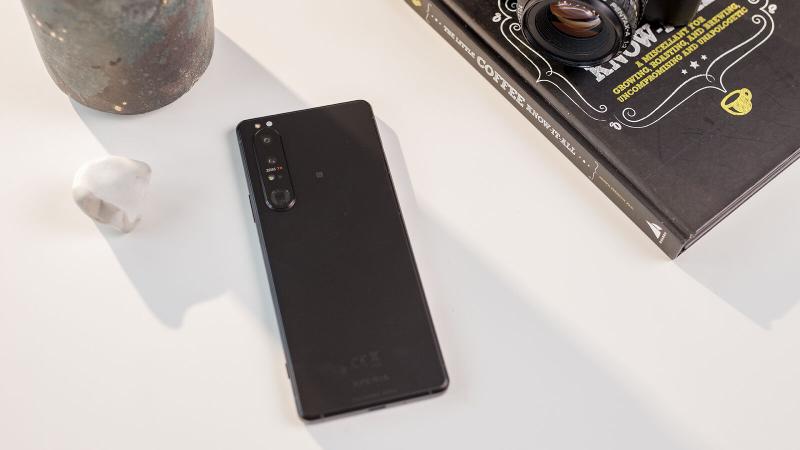
As with the Mk II, it makes for a confident, bold design that stands out from the crowd, even with the straight-sided iPhone 12 family now in the mix. Precise details, like the knurled physical dual-detent shutter button and toolless SIM/microSD card tray speak to Sony’s eye for detail, while the design also happens to be IP65/68 dust and water resistance (nozzle projection and submersion for water).
A left-field tweak to the Mk III’s form is an additional side button on the phone’s right edge, beneath the centrally-positioned power key; with its (pleasingly responsive) integrated fingerprint sensor.
Its sole function is to summon the Google Assistant, but why Sony decided such an inclusion needed to be added to this generation of Xperia 1, in particular, is unclear; especially when there are already at least three other ways to access the Assistant, not to mention this feature could have just been added to the power key behaviour.
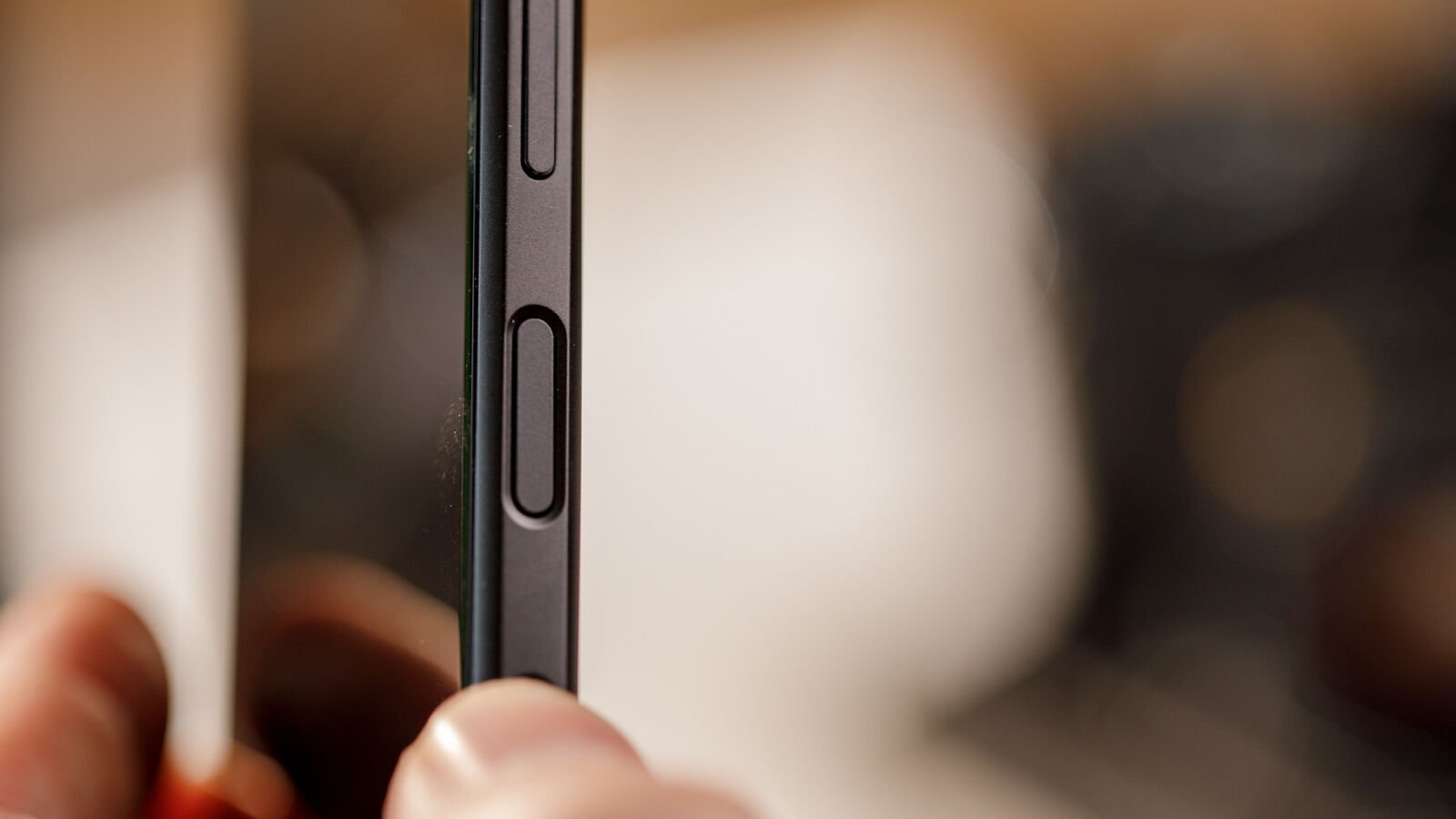
The fact that it sits flush to the frame and employs a pill-shaped design just like said power key makes for a problematic tactile experience; as despite being smaller and further down the phone’s right side, both buttons feel confusingly similar when using touch alone to interact with them.
In markets, including the US and UK, the Xperia 1 III can be had in Frosted Black (pictured) or Frosted Purple, but other regions – such as Sony’s native Japan – also have the option of Frosted Grey.
Display
- 6.5in 120Hz 21:9 ‘CinemaWide’ display
- 4K HDR OLED panel
- 10-bit colour (8-bit w/ 2-bit smoothing)
- One-handed mode
There are a lot of elements throughout the Xperia 1 III that don’t follow the trends set by the competition and the Gorilla Glass Victus-protected display is a perfect example of this. Sony has seemingly led the charge on devices with tall, slender 21:9 aspect ratios and it’s a trait that endures on this year’s Xperia flagship.

There’s also no notch, cut-out or under-display camera to speak of on the front; with a thicker top bezel than most rivals that hosts the selfie snapper and earpiece instead – just like the majority of phones used to.
This ultimately falls to a matter of personal preference, but there’s little to take issue with in the case of Sony’s implementation here; particularly as those bezels allow for a better hand-hold when viewing content in landscape orientation.
We described the display on last year’s Xperia 1 II as nothing short of “astounding” and, generally speaking, the Mk III can deliver equally arresting visuals, if not more so. The big upgrade here is refresh rate, with Sony confirming that you can theoretically enjoy 4K resolution media at 120fps, natively – something no other phone in the world can offer, right now.
Content at these figures is fairly limited at present; namely gaming or video content you shoot with the Xperia 1 III’s own cameras.
In everyday use, the display adjusts resolution dynamically; serving up super-crisp visuals when it detects high-enough resolution source material, however, refresh rate doesn’t share in this adaptive quality. The phone runs locked at 60Hz out the box and you have to dip into the settings menu to enable 120Hz mode.
Provided you’re willing to accept the additional strain this places on the battery (true of any phone with a high refresh rate display), the result is well worth it, though.
Even just moving around the user interface is a joy, with a responsiveness that better represents the powerful internals at the 1 III’s disposal. The size and wider field of view (compared to more conventional aspect ratios), paired with the 120Hz refresh rate and a 240Hz touch sample rate make high-intensity gaming (on titles like Call of Duty Mobile) a real pleasure, as well.
Sony’s display expertise manifests in a whole host of other visual wizardry too, like Creator Mode – with its calibrated 10-bit colour and HDR viewing “powered by (Sony) CineAlta”, extensive manual control over attributes like white balance and more.
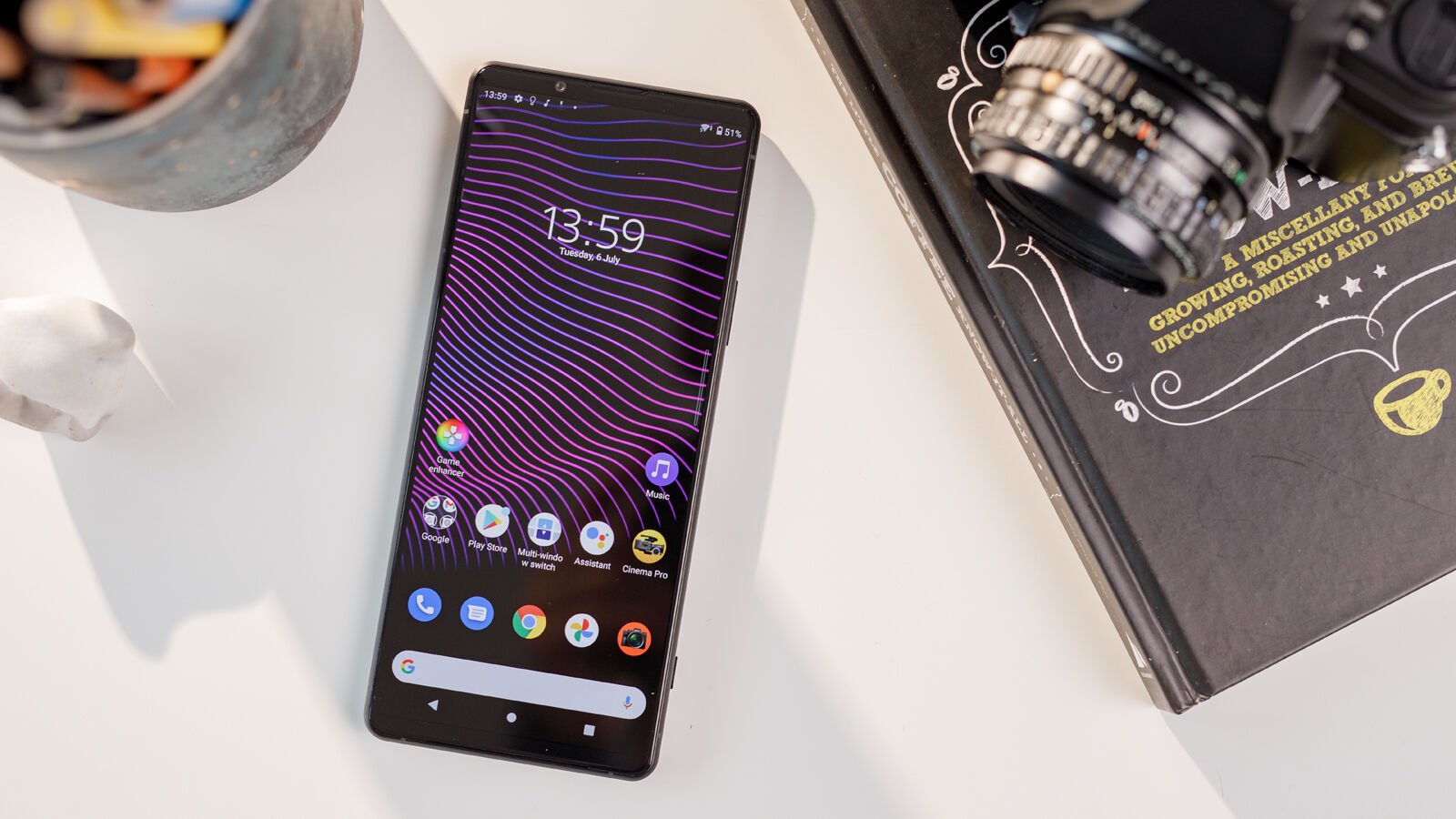
The one-handed mode is essential when trying to reach the top of the user interface, set within that tall aspect ratio (shrinking everything down temporarily to bring UI elements within reach) and Sony’s implementation of split-screen multitasking paired with the phone’s size and the display’s shape is still probably the best on any smartphone.
For all the hard-earned and well-deserved praise, this unique 120Hz ‘CinemaWide’ 4K HDR OLED panel deserves though, there is one critical wrinkle that’s worth mentioning: brightness.
Samsung has shown that you can get great, bright, high-resolution OLED panels on phones, but despite all the boundary-pushing the Xperia 1 III’s screen manages to do, it can be hard to see in bright surroundings and often needs to be brightened up above the automatic brightness level that the phone typically lands on, in order to deliver impactful viewing.
Audio
- “Full-stage” front-facing stereo speakers (40% louder than Xperia 1 II)
- 360 Reality Audio
- 3.5mm headphone jack
Like the display, the audio experience on the 1 III is defined by a host of ingenious technologies, the combination of which you won’t find on any other smartphone. Just as 120Hz viewing is now part of the experience on this year’s top Xperia, so too is speaker-based 360 Reality Audio.
Sony’s spatial audio tech works best with approved headphones via supported audio services (like Tidal, Deezer, Amazon Music HD and nugs.net) but even without the cutting-edge standard support, the Xperia 1 III still delivers impressive sound quality through both its front-firing stereo speakers and with wired (by way of the 3.5mm headphone port) or wireless headphones.
Either way, you benefit from high-resolution audio upscaling (branded ‘DSEE Ultimate’) and Dolby Atmos, too.
The most divisive aspect of the 1 III’s audio features isn’t something you’ll hear but rather something you feel, with Dynamic Vibration automatically adding force feedback to your gaming sessions or handheld movie screenings. Luckily you can vary the intensity of the vibrations from a slider that sits alongside the standard on-screen volume level, as likely not everyone will appreciate the feature or want it running alongside every piece of media being played.
Software & Features
- Game Enhancer w/ R.T. Record
- Android 11
- Side Sense
Sony has long worked to preserve a clean and easy-to-navigate Android experience while adding meaningful features that don’t undermine its overall cleanliness; something that remains true with the user experience on the Mk III.
Running Android 11 out the box, there was initial concern that this characteristically premium flagship wouldn’t be receiving much in the way of long-term software support from Sony, typically a given where high-end Android phones are concerned.
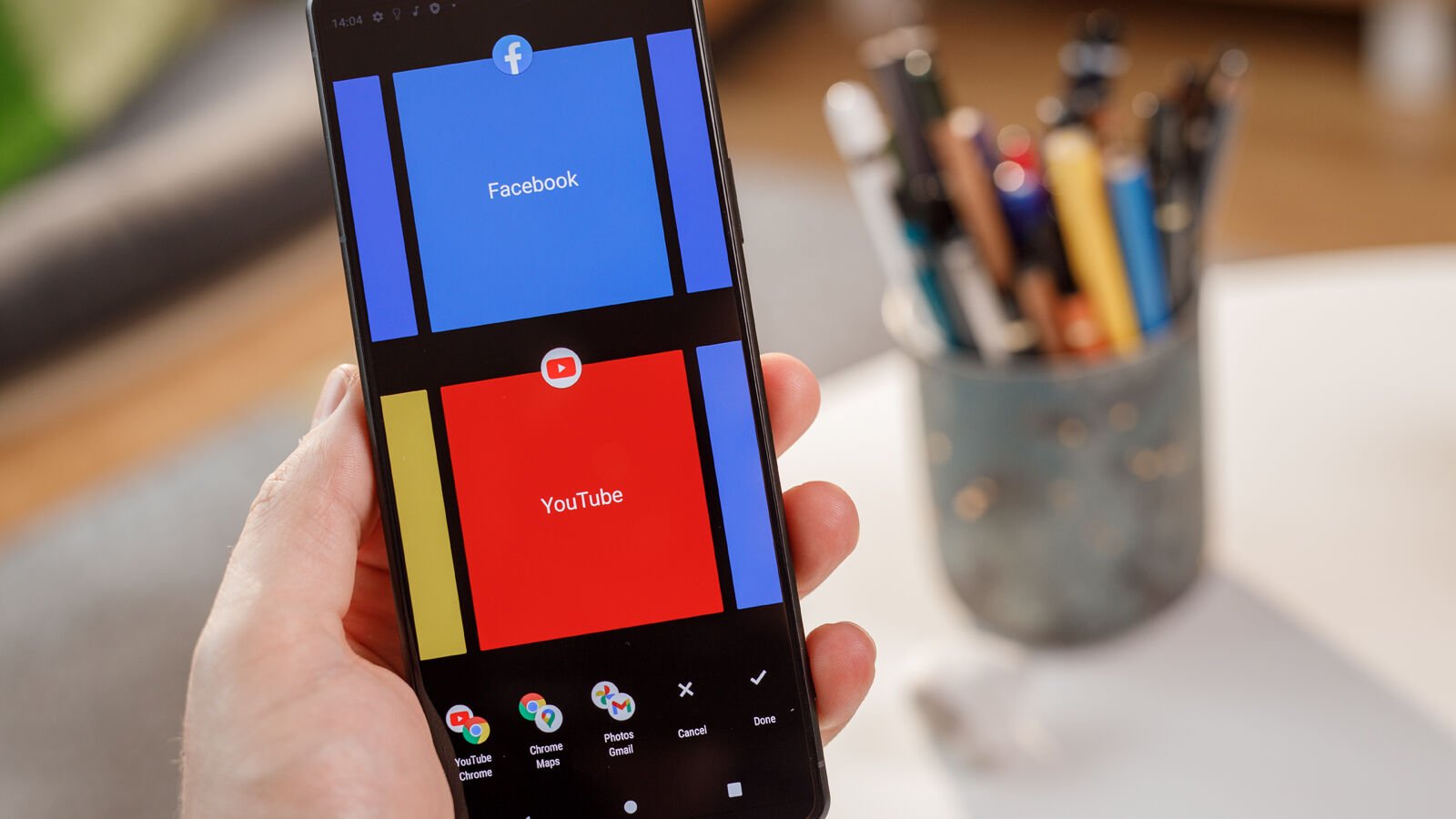
Sony was quick to clarify that this isn’t the case and that users can expect at least two years of OS updates. This, however, feels like the bare minimum that should accompany a flagship Android device in 2021.
Standout software inclusions that you won’t find elsewhere include Side Sense – the system-wide shortcuts menu that can be summoned with a double-tap against the edge of the phone’s screen. The ability to, not only access pinned apps, but split-screen app pairings is a particular highlight here.
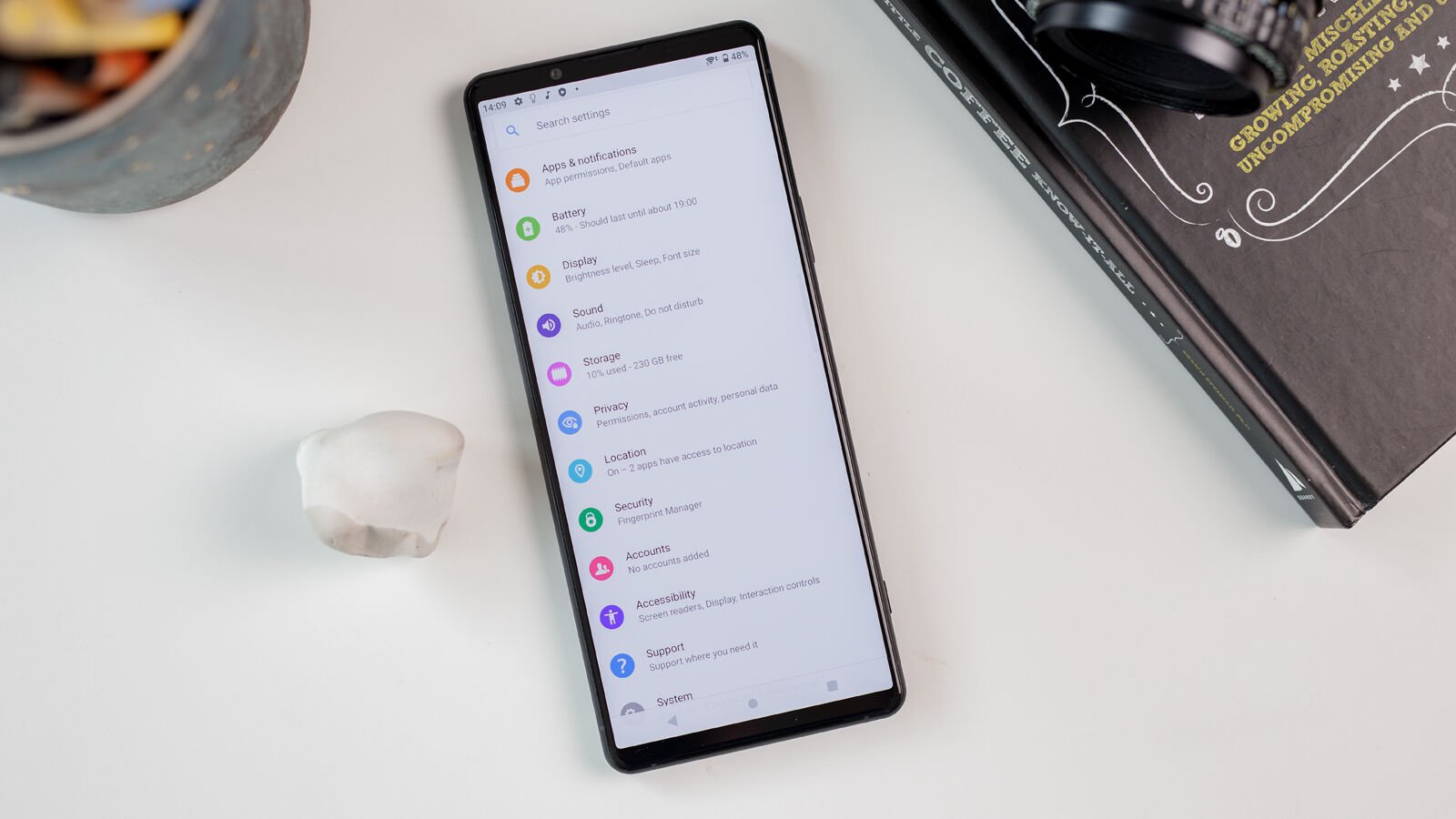
The other big upgrade comes with Game Enhancer. As well as serving something of a secondary launcher for all the games installed on your Xperia and allowing for control over the likes of device performance, colour and settings, and notifications behaviour on a game by game basis, one of the smartest new additions is R.T. recording.
Similar to Nvidia’s Shadowplay on PC, R.T. recording (short for ‘Rewind Time’) lets you capture the last 30 seconds of gameplay from before you tapped the record button. It’s great if you’re a keen mobile gamer, wanting to share a clutch kill in PUBG Mobile or an ingenious betrayal in Among Us and speaks to Sony’s perception of the 1 III as a serious mobile gaming device.
There are limitations to resolution and frame rate with R.T. capture (720p at 60fps), but if you don’t need the flexibility of retroactive recording and are simply happy to capture gameplay from the moment you press the ‘go’ button, you can actually log footage at up to 1080p at 60fps or 720p at 120fps.
Performance & Battery
- 30W fast charging
- Wireless charging
- Qualcomm Snapdragon 888 SoC
- 12GB RAM
While a phone sporting Qualcomm’s hotly-anticipated Snapdragon 888+ chipset is yet to hit the market, it’s sort of disheartening to think that the days of the standard 888 inside most of 2021’s current flagship Android phones are already numbered.
It’s particularly frustrating in the case of the Xperia 1 III, as Sony first showed the phone off near the start of 2021, when the 888 was still comparatively fresh-faced and now we’re staring down the barrel of September, with the phone having only just made it to market.
For whatever the slight performance upgrade the 888+ may bring to the table, however, the Xperia 1 III does at least look to be among the best examples of a standard Snapdragon 888-powered phone out there, based on my time with it.
Like the rest of the crop, it’s an absolute powerhouse in real-world use, taking high-intensity gaming and fast-paced multitasking in its stride, but in artificial testing, it’s also one of the highest-scoring flagships we’ve seen – particularly in graphical testing.
This is partly down to the jump from 8GB of RAM to a whopping 12GB compared to last year’s Mk II (which is actually still an exceptional performer in its own right).
The only minor concern in this department is the phone’s tendency to heat up under load (i.e. long gaming sessions or heavy camera use) and when fast-charging. This used to be a problem on older Xperias that Sony appeared to have gotten under control, but the issue seems to once again be rearing its head in the Mk III.
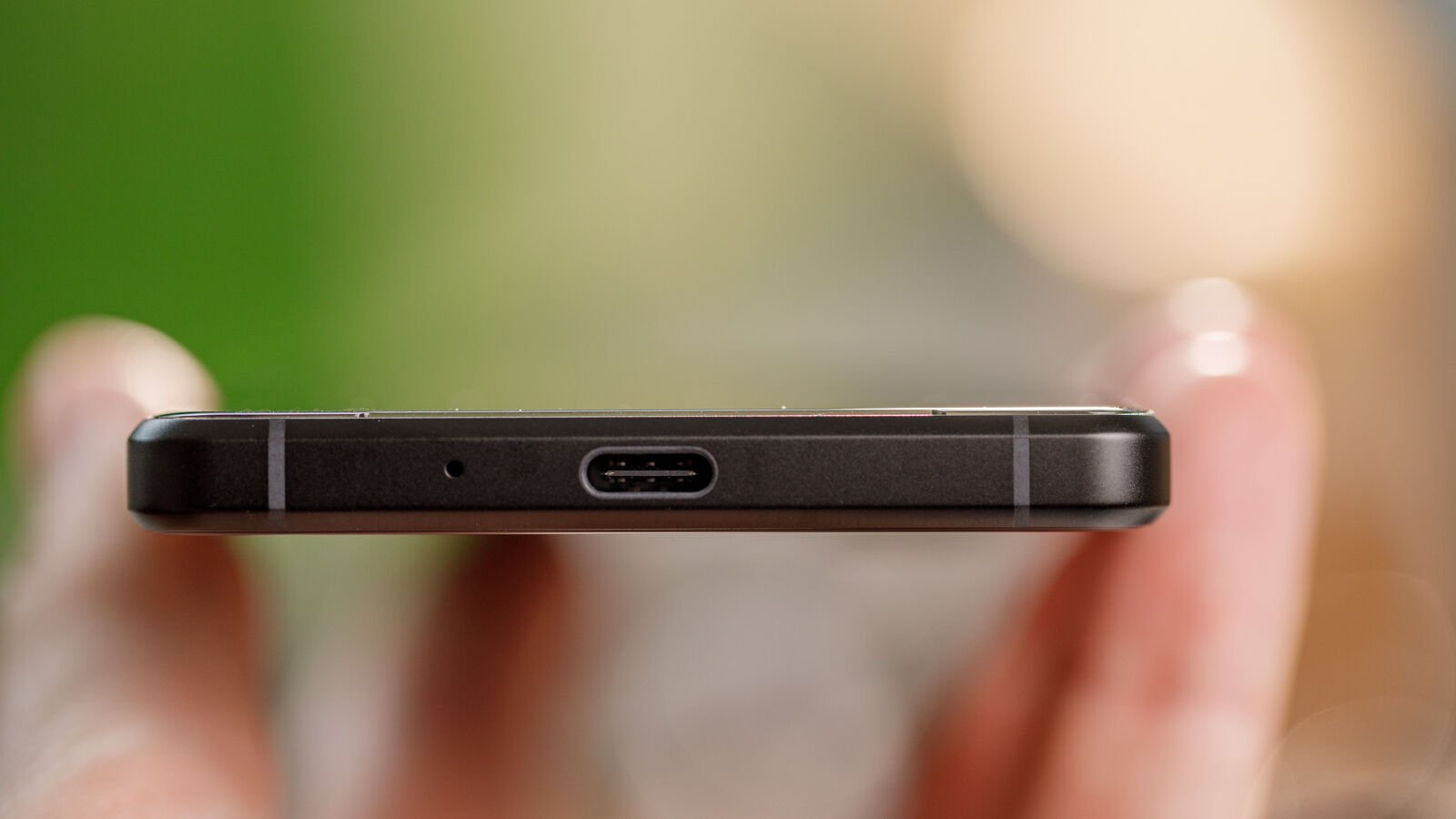
Like the phone’s memory, the phone’s battery has also been upscaled, compared to last year’s Xperia 1, clocking in at 4500mAh rather than 4000mAh. However, even with the bump up in cell size, the 1 III still lags behind its rivals; realistically requiring nightly charging.
Note: As with the benchmarks above, all testing was performed with 120Hz viewing enabled.
One silver lining is that, unlike equally high-priced top-tier flagships from Samsung and Apple, Sony does include a fast charger in-box with the Xperia 1 III, which at 30W refills the phone’s battery to over 50% in 30 minutes and 80% within an hour.
Cameras
- World´s first phone with variable telephoto and Dual PD sensor
- 3D iToF sensor w/ Real-Time Tracking
- Triple rear 12Mp camera
Unlike the Samsung Galaxy S21 Ultra – which features two separate telephoto cameras to offer up lossless optically-magnified images at two discreet focal lengths – the 1 III gives us the first example of a variable telephoto setup on a smartphone (ruling out the likes of the Samsung Galaxy K Zoom, S4 Zoom and W880 from yesteryear, which were a little different).
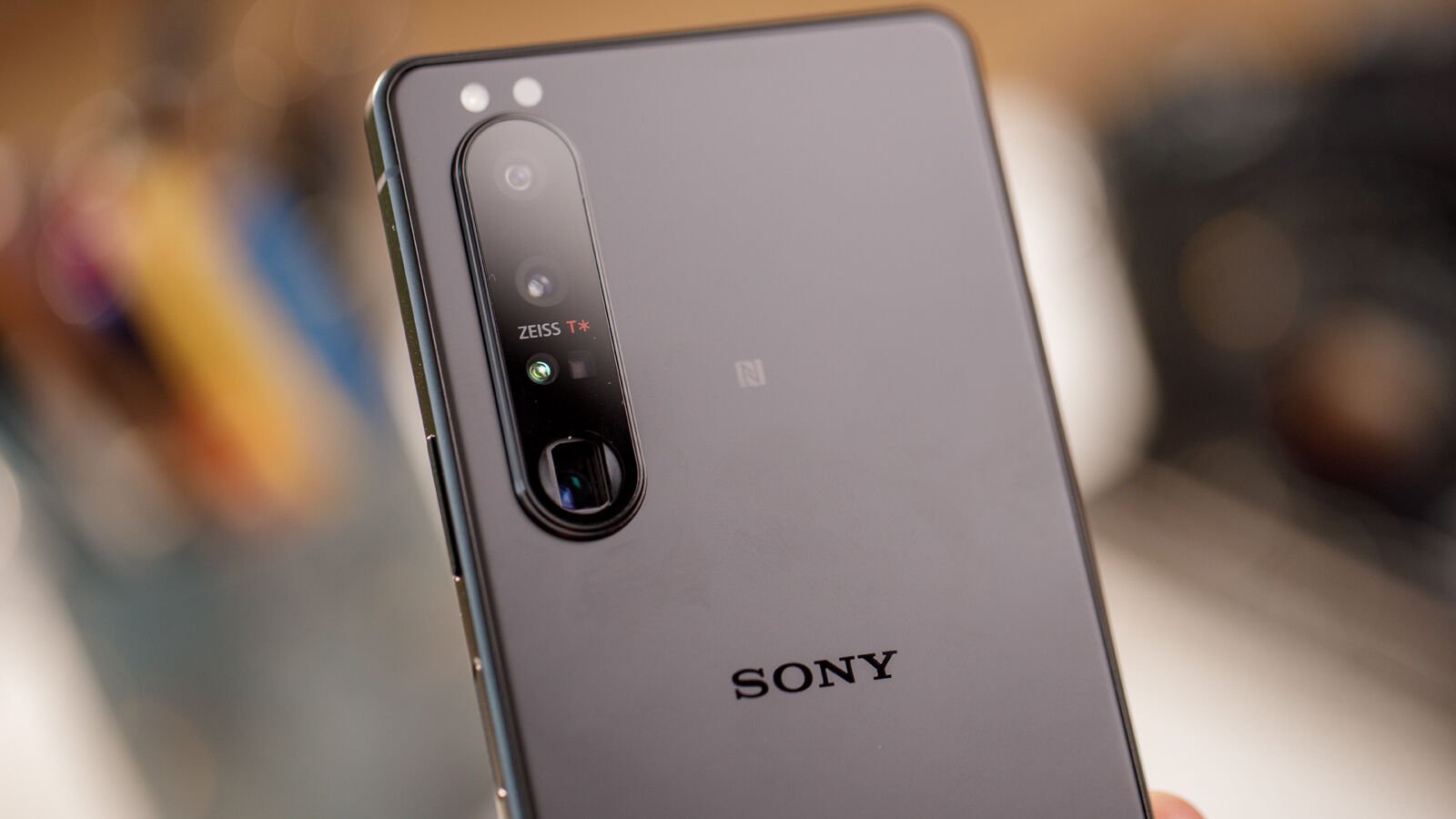
This means the three main sensors that make up the rear camera setup on the Mk III can capture shots across four focal…
